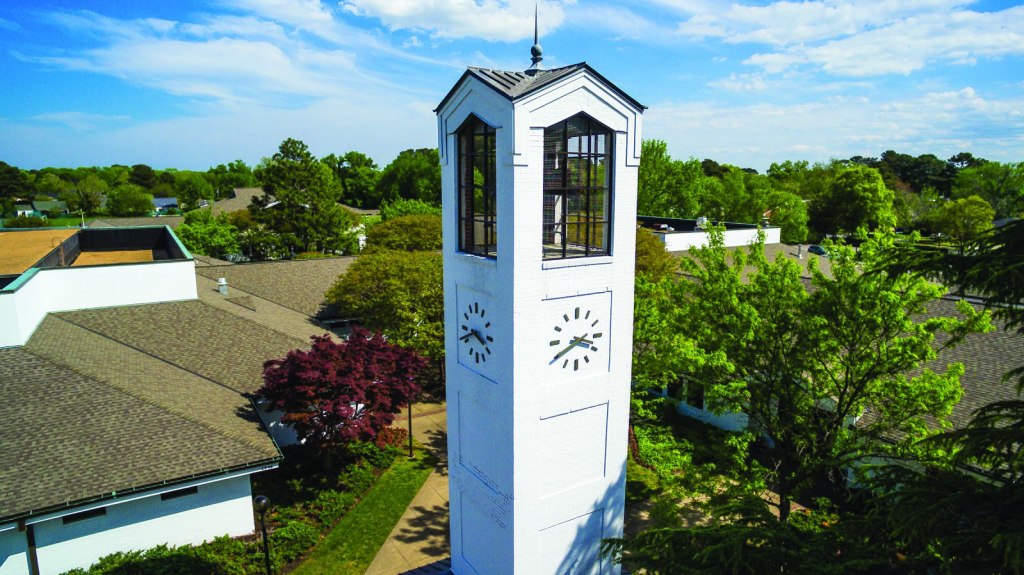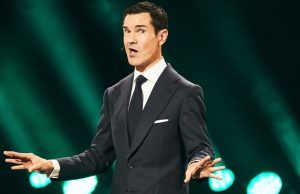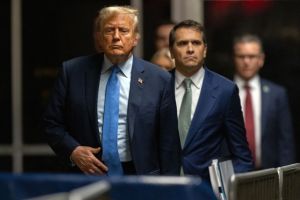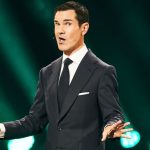Knowledge acquisition has long been understood as key to creating a more just society. The more one learns about the ugliness of racism, for example, the less likely one is to be racist, the reasoning goes. In National Affairs, Albert Cheng and Jay P. Greene argue that that is not the case:
By filling in knowledge gaps, the argument goes, education can inoculate individuals against prejudice. This view of the relationship between education and prejudice is reinforced by a large body of research about civic education. University of Notre Dame professor David Campbell recently reviewed this scholarship, concluding that the preponderance of the evidence suggests that civic education improves the civic knowledge and engagement of school-aged children. Notably, however, Campbell acknowledges significant limitations to the data and methods behind much of the research.
For instance, few of the studies reviewed used randomized-control trials to establish a causal relationship between civic-education programs and civic outcomes. Moreover, a majority of the studies focused on civic knowledge and a narrow set of civic-engagement behaviors, most notably voting. Hardly any of the studies focused on prejudice — the motivating factor behind recent calls for a renewal of civic education. One civic-education program studied increased knowledge about the Bill of Rights, landmark Supreme Court cases, and other facts concerning civil liberties, but it did not cause students to alter their attitudes about civil liberties. In other words, as the team of researchers who conducted the study concluded, “it is possible to increase awareness and understanding of civil liberties without producing an increase in support for those civil liberties.’ By extension, it should be possible to increase civic knowledge without decreasing prejudicial attitudes. Perhaps the relationship between civic education and prejudice is not as simple as the prevailing wisdom suggests.
They go on to make a point that education should form habits through an engagement in a wide variety of activities, including sports and the arts, which is a more effective way to teach virtues than an information dump.
This is similar to Michael Oakeshott’s argument in “The Voice of Poetry in the Conversation of Mankind.” In a footnote, Oakeshott quotes Eton headmaster, William Cory, on the purpose of education. For Oakeshott, modern education is impoverished because of its focus on knowledge acquisition and problem solving. If education is going to form individuals for civilization, it must do more than just provide facts and focus on practical solutions to problems. It must also teach students to hear (and speak in) other “voices” — such as the voice of science (broadly understood) and poetry — since civilization itself is a kind of conversation. This is where Oakeshott brings Cory in on the purpose of education:
Here is a passage from the reflections of an Eton master (William Cory) who understood education as a preparation for participation in conversation: At school “you are not engaged so much in acquiring knowledge as in making mental efforts under criticism . . . you go to a great school not so much for knowledge as for arts and habits; for the habit of attention, for the art of entering quickly into another person’s thoughts, for the habit of submitting to ensure and refutation, for the art of indicating assent or dissent in graduated terms, for the habit of regarding minute points of accuracy, for the art of working out what is possible in a given time, for taste, discrimination, for mental courage and metal soberness. And above all you go to a great school for self-knowledge.”
In other news
Picasso’s chaotic successful years: Kathryn Hughes reviews John Richardson’s fourth and final volume of his biography of Picasso.
John Richardson opens the final (fourth) volume of his magisterial biography of Pablo Picasso with the artist in more than usual disarray. The year is 1933 and, while his celebrity and his wealth are unassailable, Picasso’s marriage to the Russian ballerina Olga Khokhlova has entered its bitter endgame. Meanwhile, his relationship with maîtresse-en-titre Marie-Thérèse Walter, tucked away in the country, is beginning to pall even before it has properly hit its stride. Waiting in the wings is Dora Maar, the surrealist photographer who will dominate Picasso’s life, mostly painfully, for the next eight years.
Against daylight savings time: “When people say they like the time change, what they really mean is that they like summer.”
The birth of the American foreign correspondent: Krithika Varagur reviews Deborah Cohen’s Last Call at the Hotel Imperial, a history of America’s early foreign correspondents.
In 1928, the Soviet Union, then six years old, embarked on its first Five-Year Plan and held its first major political show trial. Leon Trotsky was exiled to Central Asia, a grain crisis prompted rapid industrialization, and the Sixth World Congress of the Communist International, held in Moscow, denounced social democracy as a form of fascism. It was in the summer of that year that John Gunther, a twenty-six-year-old, Illinois-born foreign correspondent for the Chicago Daily News, was posted to Moscow. Gunther found it practically impossible to understand the state formed by Vladimir Lenin’s proletarian revolution. But, since he had to file something, he took notes: that there were no outdoor cafés and hardly any street lights, that crowds gathered around loudspeakers to listen to the news, that his hotel chambermaid offered him a cigarette, and that servants now ate alongside the families that they served. After weeks of this, he finally cobbled together a story headlined “Animated Evenings Mark Life in Russia’s Capital.” As he settled into the five-month posting, his dispatches included the likes of “Wear Blue Shirts at Moscow Opera” and “Russia Land of Many Paradoxes.” It was precisely this type of news-gathering that Evelyn Waugh lampooned in his satirical novel Scoop.
Abraham Lincoln was no friend to African Americans, the 1619 Project would have us believe. Hogwash says Jonathan White in his new book, A House Built by Slaves. Allen C. Guelzo reviews:
In A House Built by Slaves (a title he borrows from Michelle Obama’s address to the Democratic National Convention in 2016), White pieces together the substantial history of Lincoln’s open-handed welcome of “black visitors into his home and office, regardless of their race, color, or previous condition of servitude.” It was a welcome all the more remarkable for occurring in the middle of a century when most white Americans would never have dreamt of inviting black people under their roofs, except as slaves or menials. Lincoln’s easiness with black visitors was not because he had been born wearing a racial halo. He entered political life in Illinois, which was technically a “free” state, but which winked at forms of quasi-slavery (such as indentures) and subjected free black people to onerous “black codes.” And the young politician was not free himself from race-baiting or the demeaning and careless use of racial insults. Still, Lincoln was, at the same time, a frank critic of slavery and became more so as time passed. Once installed as president, he found himself confronted with a massive rebellion by the slaveholding states to protect slavery, and with it, a civil war that would carve deep, bloody grooves through the republic.
Ancient tombs and a sarcophagus have been discovered in Notre Dame: “Archaeological excavation at the Notre Dame Cathedral in Paris has unearthed several tombs and a leaden sarcophagus thought to date from the fourteenth century, France’s culture minister Roselyne Bachelot announced in a statement on Monday. Excavation work is taking place ahead of the reconstruction of the church’s spire after a 2019 fire threatened to engulf the cathedral whole. The discoveries were made right beneath the intersection of the church’s transept and its main body.”
The forgotten conservative: Richard M. Reinsch reviews Steven Hayward’s biography of M. Stanton Evans. “When we think of American conservatism, we rightly think of Russell Kirk, Richard Weaver, Whittaker Chambers, F.A. Hayek, Eric Voegelin, Willmoore Kendall, Leo Strauss, among others. But how do you translate their ideas and insights into politics? That has always been the question for conservatism in America, which has led it to be a radical movement in the best sense, one that cuts away at foundational error and replaces it with sound ideas. Stan Evans lived in pursuit of this ideal.”
The Babylon Bee’s Twitter account has been locked for calling a man a man. I have never found the Babylon Bee funny, but it is a little silly of Twitter to lock their account for a joke. The Texas attorney general made the same remark about Rachel Levine, and his account wasn’t locked.
We think of hope today as inherently good. That wasn’t always the case. I review Adam Potkay’s excellent Hope: A Literary History in my latest column.


















